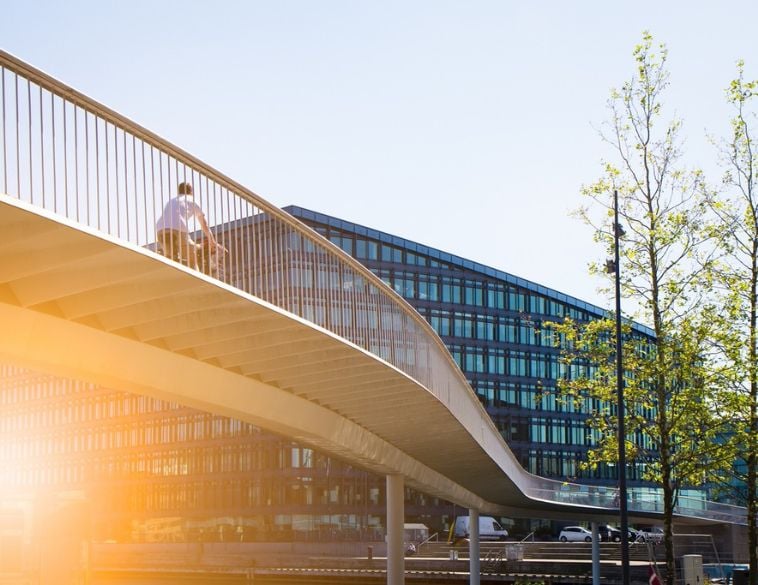An industry-first architectural powder coating which can be cured at temperatures as low as 150°C—while still being Qualicoat class one certified—has been launched by AkzoNobel.
Curing at temperatures 30°C lower than traditional powder coatings means that Interpon D1036 Low-E can help customers cut energy consumption by as much as 20%. It can also cure up to 25% faster than conventional powders, allowing for more products to be coated in less time.
The product’s sustainability credentials are backed up by an Environmental Product Declaration (EPD), an independently verified assessment of a product’s environmental impact across its whole lifespan.
Help customers reduce carbon emissions
“At a time when every business is looking to play its part in reducing energy and accelerating sustainability, Interpon D1036 Low-E will support our customers in reducing their carbon emissions—as well as helping us to achieve our own target of a 50% carbon reduction across the value chain by 2030,” explains Jeff Jirak, Director of the company’s Powder Coatings business.
“We’re proud to be innovating solutions that are helping to tackle some of the shared issues around sustainability and energy conservation that coaters, applicators and our own business are facing. The new range is suited to many areas of the built environment, inside and out, from building facades and windows to railings and doors—or any application where an architectural certified product is typically applied. Its key features include excellent levels of durability to protect colour integrity and performance. ”
“As we progress on the journey towards our net zero carbon ambitions, we’ll continue to work closely with our customers to understand their needs and give them the products they require so we can build a more sustainable future together.”
As well as committing to generating 50% fewer carbon emissions across the value chain by 2030, AkzoNobel also aims to achieve 100% circular use of materials by the end of the decade and deliver 50% of revenues from sustainable solutions.



